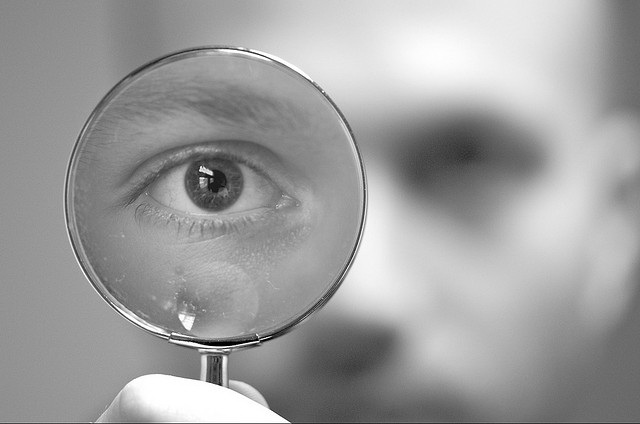Drum roll please! Congratulations, you have decided that the time to change your life has arrived. No more low self-esteem, problem relationships, or feeling out of control. You have made the decision to take charge of your life, to shake things up, to change. You are going to begin therapy.
You have found a psychotherapist, psyched yourself up, and are ready to begin, or so you think. Butterflies begin to set in. Questions arise. Is this something you really want to do?
Are you really ready to open up your life up to someone you don’t even know? What will they think of you? What if therapy doesn’t help? It’s all new and maybe even a bit embarrassing. You may ask yourself, “What have I done?”
Take a deep breath and relax, as you prepare yourself for your first time in psychotherapy it is quite normal to wonder what the experience will be like. And there are plenty of examples to draw upon. From the comical to the serious, we’ve all heard or seen depictions of characters being involved in therapy. It is a favorite topic of many stand-up comedians, interview shows, and other venues. How close to reality are they? Let’s take a look.
Your First Time
At some point anyone going into therapy must start somewhere. That initial first step is always the same: finding a therapist. Information on this important topic is covered in another article but suffice to say your first session will depend on who you have selected. Beyond that, there are some general things you must take care of when you have your first appointment. These include:
- Where your therapy will take place: As silly as this may sound, many clinical practices may use satellite offices for therapy. It is never wrong to know where you are going.
- Type of therapy; group or individual: This should have been discussed during your initial intake. If not, ask. There is nothing more disappointing than to expect an individual session with your therapist and then walk in to a group session.
- Appointment time: Obvious, right?
- Completing necessary paperwork: Be sure to bring copies of the information the office needs. Ask them in advance what it is they will want.
- Cancellation policy: Just in case.
- Completion of other items
- Allow an additional 15 minutes before your appointment to complete everything.
- Try to relax.
- Use the restroom.
- Bring a bottle of water with you.
Behind Closed Doors
There you sit, wondering to yourself if anyone else in the waiting room recognizes you. You hope not. Then the door opens and your therapist invites you inside. He or she then gently close the door behind you inviting you to sit down, and makes sure you are as comfortable as possible.
Again, you may be given the opportunity to clarify any questions you may have or even ask new ones. Thus the dance begins. As it is with most new relationships you will probably react in one of two ways. You will be quiet and reserved, answering only those questions you are asked. Or, you may be like others. In an effort to break the ice you may just start talking a mile a minute. Not to worry, your therapist has seen it all, and is fully prepared to let you get settled in.
The goal for most first sessions is to establish what it is you and your therapist will be focusing on. Depending on your issues this exploratory time may be completed during the first session, or in some instances it can extend beyond that time into another session.
Your therapist may take notes or even tape your time together. If they do tape your time you can expect them to ask your permission to do so. These notes serve as reminders to the therapist of your thoughts and reactions to certain things. In addition, most professional therapists are required to maintain a record of some kind that covers your interactions, treatment, and progress. These records are always private and shared only with your permission.
All of this, and it is only the first session.
Let the Therapy Begin
Although many people do not recognize it, all of the goings on during that first session serve an important therapeutic end. That is to establish your comfort level, to get you involved, and to begin to build a level of trust between you and your therapist.
Depending on the direction of the type of therapy used by your therapist several options may occur. Mot therapist will begin by asking you what are known as open ended questions. This method involves the therapist in shaping a question that asks you to tell a story about an event or people in your life. For example, the therapist may know or suspect that as you experienced your childhood the dynamics of your family played an important role. They might as you this, “Tell me what it was like for you growing up?”
Many clients may be hesitant to say too much, but a good therapist will soon put your mind at ease and encourage you to let the words flow. What your therapist is looking for are:
- Self-descriptions of your experiences
- Opportunities for additional insight on your part.
- Clarification of issues.
Over Time
The steps described above are very general in nature, but do point out that the work you do in therapy is a process. While it may not always the most comfortable of directions, never the less it can be an exciting process of self-discovery. As you and your therapist dig deeper there will be discoveries made about how and why you react in certain ways as well as offering you the opportunity to try reacting differently.
For however long it takes you to achieve your goal you and your therapist will continue to work on you getting it right.
Image: flickr.com/photos/bartelomeus/4184705426








